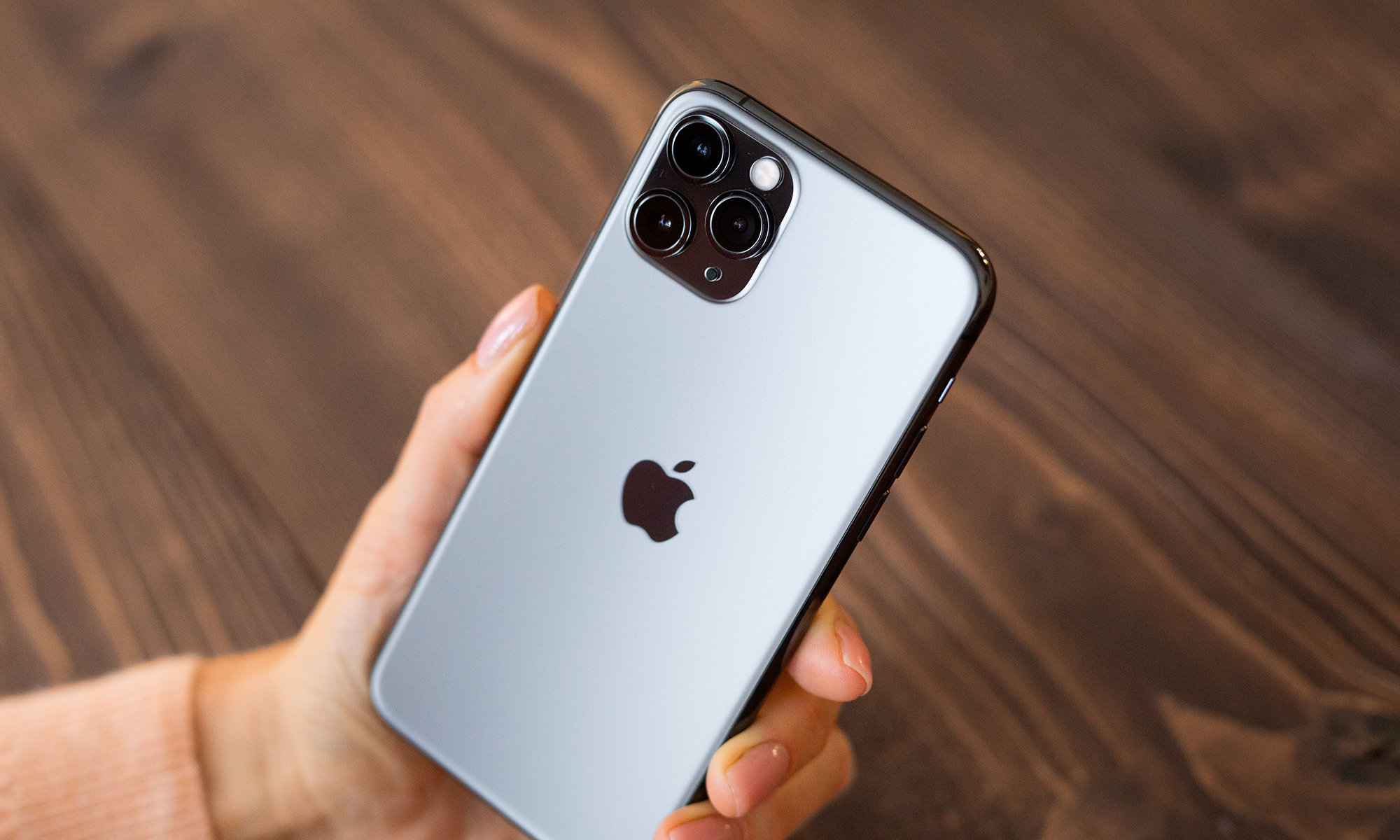When asked about multitasking on iOS back in 2010, Steve Jobs famously said, "if you see a stylus, they blew it." Even after his death in 2011, Apple (AAPL +0.17%) stuck to that statement, launching stylus-free iPhones and iPads as Samsung added one to several of is devices.

Apple's iPad Air 2. Source: Apple
Therefore, it's surprising that recent reports suggest that Apple will add a stylus to its long-rumored 12.9-inch iPad Pro. In a research note obtained by MacRumors, KGI Securities analyst Ming-chi Kuo claims that the iPad Pro stylus will be an "optional" accessory that would "improve the user experience." Kuo also believes the stylus will be a pricier one than the inexpensive plastic versions included with Microsoft(MSFT +0.40%) Surface Pro tablets.
Why Steve Jobs would disapprove
Under Steve Jobs, Apple launched devices that beat existing ones on the market by simplifying the user experience into the fewest steps possible. That's why the classic iPod had its iconic wheel, while the iPhone and iPad relied completely on touchscreens.
Older Windows tablets and two-in-one devices flopped for three main reasons. First, Microsoft and its OEM partners marketed Windows Tablet PCs to a niche group of designers and art students. Second, the first OS for tablets, Windows XP Tablet PC Edition, included touchscreen features but wasn't built from the ground up as a touchscreen-based OS. Lastly, the lack of an app ecosystem meant that mainstream consumers weren't compelled to buy a Windows tablet or convertible laptop.

An old Windows Tablet PC. Source: Wikimedia Commons, Woookie
With the iPhone, Apple directly addressed those problems by launching a touch-based OS, nurturing the development of touch-dependent apps and marketing that combination to mainstream consumers. Jobs then expanded the iPhone into a tablet form with the iPad.
To Jobs, introducing a stylus would represent a dramatic step back toward failed Windows tablets and dull PDAs.
Why the market might approve
However, times have changed since his passing. Android tablets saturated the global tablet market, which IDC reports only grew 7.2% year-over-year in 2014, compared to 52.5% growth in 2013. Sales of the iPad fell for three consecutive quarters in fiscal 2014.
Meanwhile, sales of the Microsoft Surface Pro 3 unexpectedly perked up, and Surface sales more than doubled both year-over-year and sequentially to $908 million last quarter. That disparity was attributed to some businesses and consumers upgrading older laptops and desktops to the Surface Pro 3 as a backward-compatible "bridge" between PCs and tablets. By comparison, iPads were still commonly seen as media consumption devices that still needed dedicated apps to synchronize with PC software.
Last year, Apple signed a historic deal with IBM to launch enterprise apps for the iPad. Apple also inked deals with Epic, Cerner, and Athenahealth to sync electronic health records to iOS 8 devices and to become the digital backbone of U.S. hospitals. These steps were solid ones in the right direction, but they didn't do enough to directly compete against Windows' dominant market share in PCs.
Therefore, launching the iPad Pro as a dedicated productivity device with a stylus (and maybe even a keyboard or docking station) might convince businesses to take the iPad more seriously as an enterprise option.
The next natural step
Steve Jobs once claimed that 7-inch tablets would be "dead on arrival," and that there wasn't a market for devices between smartphones and tablets. Yet Amazon's Kindle Fire highlighted the usefulness of one-handed tablets for reading, while the rise of phablets proved that a market exists between smartphones and tablets.

Steve Jobs in 2010. Source: Wikimedia Commons, Matthew Yohe
Jobs probably would have hated the 7.9-inch iPad Mini, but the device didn't flop. Now that the 5.5-inch iPhone 6 Plus phablet has arrived, there is speculation that Apple might phase out the Mini to avoid product cannibalization. If that happens, the iPad Pro could fill that void.
On the surface, swapping iPad sizes around seems like shuffling deck chairs on the Titanic. But if we look at Apple's Mac revenues, which rose 12% year-over-year in fiscal 2014, we realize that there's still a growing market for Apple's desktops and laptops. This means that Apple might be able to market the iPad Pro to Mac users and blur the lines between the two product categories. Rumors, previously reported by DigiTimes, that Apple could somehow combine iOS and OS X with the iPad Pro also support that strategy.
Let's not overreact
Today, Steve Jobs is often remembered for his best ideas. But when Jobs talked about a stylus ruining the iPad, he was talking about past Windows devices and not the productivity gap that now needs to be filled between PCs and tablets. In my opinion, introducing a stylus or type cover keyboard could breathe fresh life into Apple's flagship tablet and might finally give stubborn owners of older iPads a reason to upgrade.










